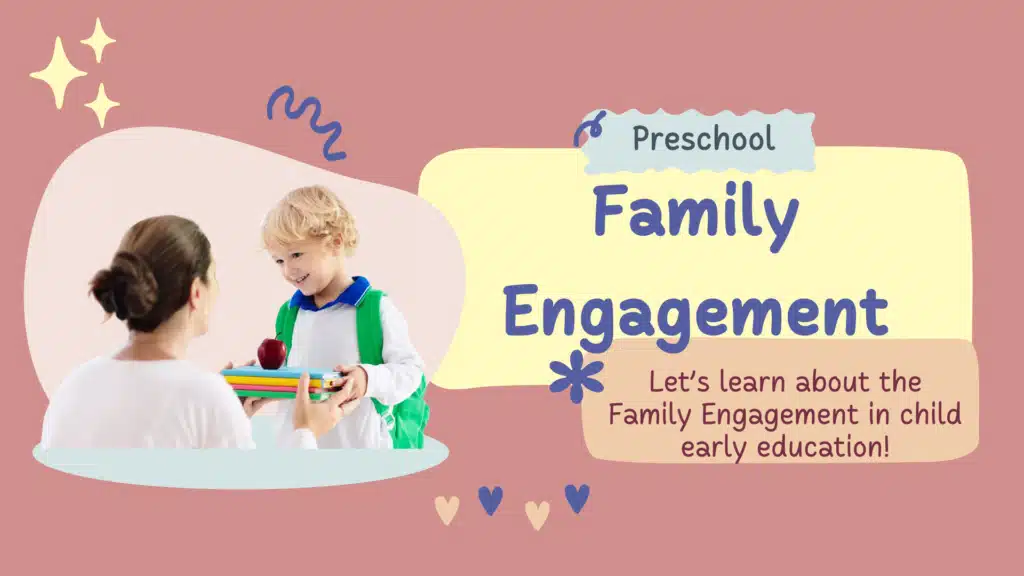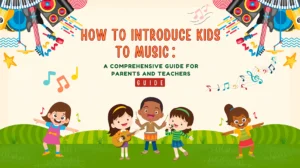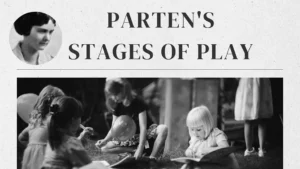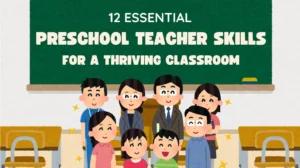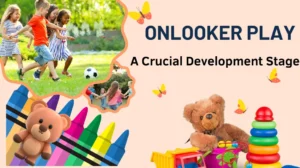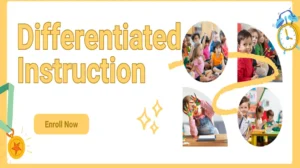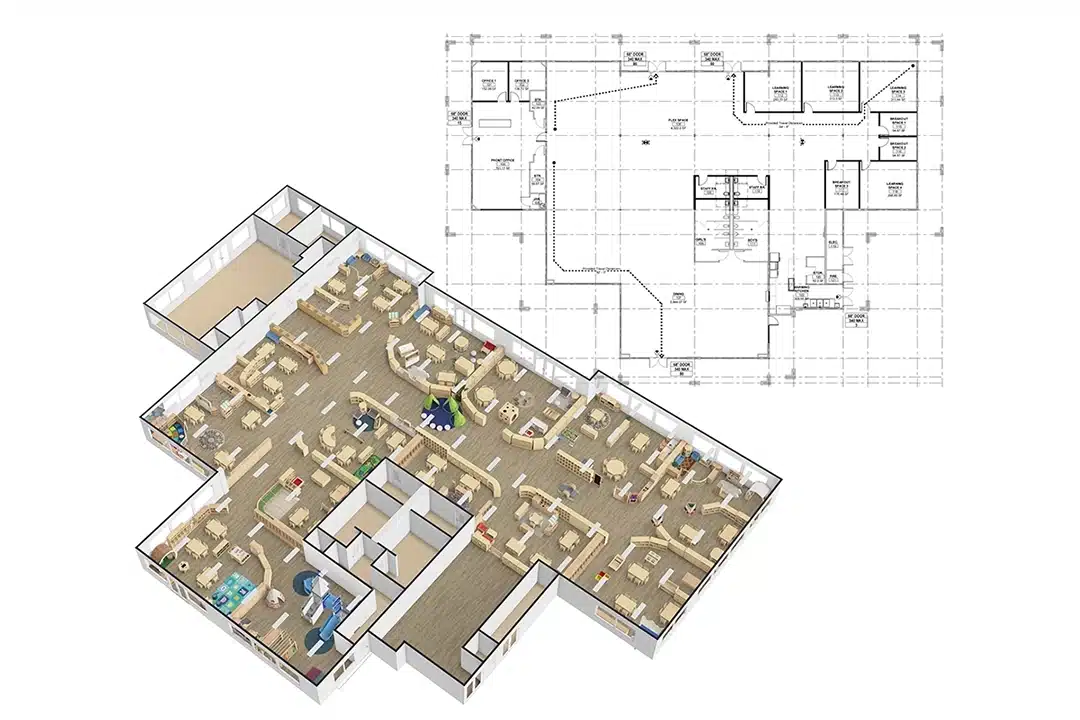Are you struggling to build meaningful partnerships with families in your early childhood program? Do your efforts to connect with parents often feel one-sided or surface-level? Are you concerned that limited family involvement may affect children’s learning outcomes, behavior, or sense of belonging?
Family engagement in early childhood education is about building consistent, meaningful relationships between schools and families to support a child’s learning and development. Children thrive emotionally, socially, and academically when parents are active partners in the educational journey.
This article will walk you through 10 practical, real-world strategies about Family engagement that you can implement today to turn hesitant families into passionate partners in your classroom.
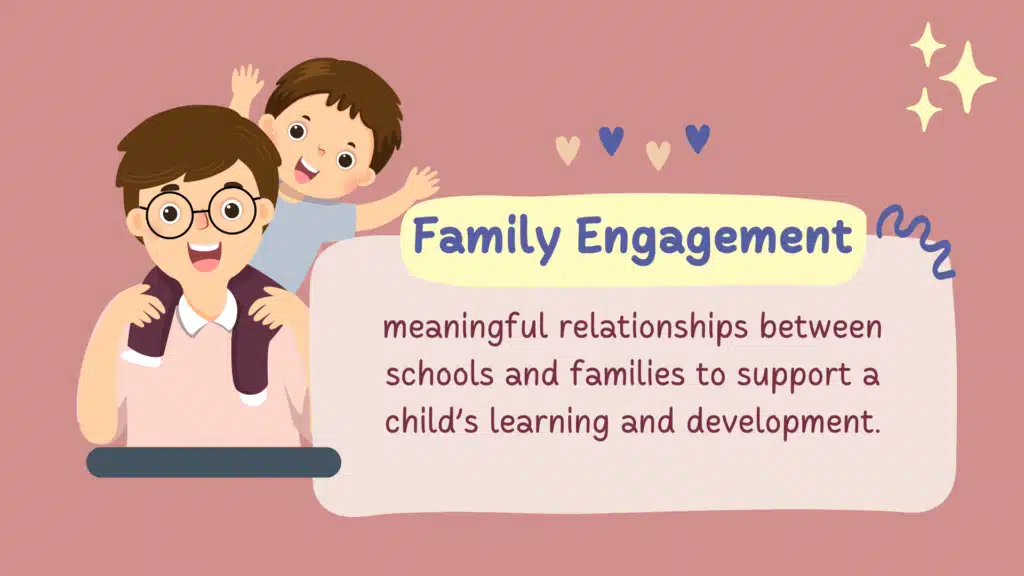
What is family engagement in early childhood education?
In early childhood education, family engagement goes far beyond occasional parent-teacher conferences or classroom visits. It is a continuous, two-way process where educators and families form intentional partnerships to support a child’s learning, development, and well-being. At its core, family involvement is not a one-time event—it’s a shared commitment built on trust, mutual respect, and open communication.
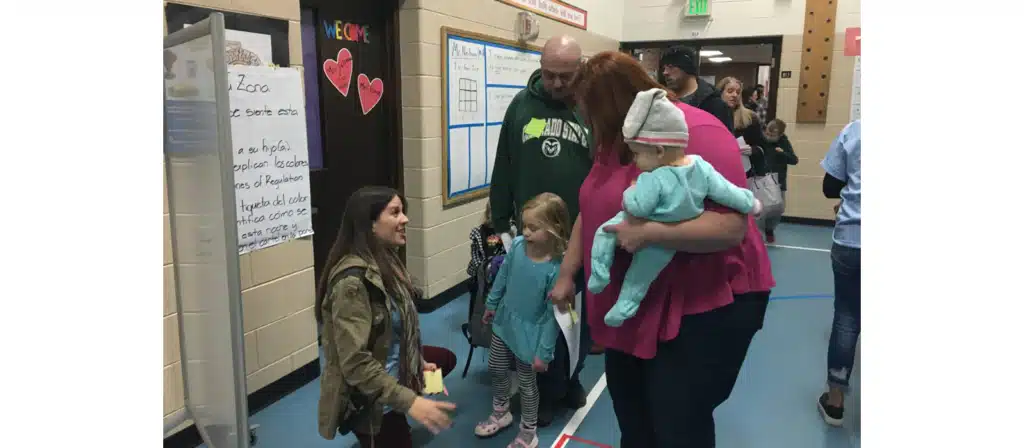
Family engagement is a shared responsibility between early learning programs, families, and community institutions. Educators play a key role in reaching out to families in meaningful, culturally responsive ways, while parents and caregivers actively participate by reinforcing learning at home, offering insights about their child, and becoming co-educators in the learning journey.
This type of engagement familial adapts as children grow. While a toddler’s family may focus on establishing routines and language development, families of preschoolers may become more involved in social-emotional learning, independence, and early academic milestones. The parent-teacher relationship evolves, but its importance remains constant throughout the child’s early years.
Why is family involvement significant?
Family involvement isn’t just a bonus—it’s a fundamental piece of successful early childhood education. When parents, caregivers, and educators work together, the child becomes the center of a supportive learning triangle. In my years working with kindergartens worldwide, from small start-ups to large franchise chains, I’ve seen a direct link between engaged families and thriving schools. In this section, let’s explore why meaningful family engagement matters—and why it should be a top priority in every preschool setting.
Improve Children’s Academic and Social Outcomes
Children thrive when schools and families work together. Research shows that students with actively engaged families perform better in literacy, numeracy, and language development. They also show stronger social-emotional skills—like empathy, cooperation, and self-regulation—which are key in early learning environments.

Build Trust Between Educators and Families
Families trust the school when they feel seen, heard, and respected. Trust leads to open communication, essential during transitions, behavioral challenges, or curriculum changes.
Many of our clients—especially those launching new kindergarten campuses—report that community buy-in is one of the biggest challenges. However, trust becomes the default when schools prioritize family engagement from day one. Parents become ambassadors, and that leads to better retention and referrals.
Reinforce Learning at Home
A child learning about responsibility through a classroom job chart can apply that concept at home by helping set the table or water plants. But only if families are aware of the learning goals.
When educators share the “why” behind what happens in the classroom, families can reinforce it in their daily routines. Whether it’s fine motor development through knobbed cylinders or math skills using number rods, aligned support between home and school accelerates mastery.
Promotes Consistency in Expectations and Values
Children do best when the expectations between school and home are aligned. If respectful language, independent problem-solving, or routines are emphasized at school and home, the child feels secure—and behavioral issues decrease.
Consistency between environments also helps with smoother transitions, especially for younger learners adapting to structured settings. Parents begin to see the value in Montessori-style learning and may adjust parts of their home routine to mirror what’s working in the classroom.
Empower Families as Co-Educators
Family engagement isn’t about telling parents what to do but inviting them. When parents understand how learning happens in early childhood education, they see themselves as capable guides, not just observers.
This shift in mindset builds confidence and increases the likelihood of active participation—from volunteering in the classroom to practicing early literacy skills at home. In turn, this partnership benefits the child the most.
10 Strategies for Engaging Families in Early Childhood Education
Building strong family engagement isn’t about grand gestures—it’s about consistent, thoughtful actions that strengthen the parent-teacher relationship and bring families closer to the learning process. In the context of early childhood education, even small efforts can create a powerful sense of connection and trust.
Below are 10 practical strategies that preschool leaders, educators, and childcare providers can use to deepen family involvement, foster authentic communication, and create an environment where engagement familial is woven into the daily rhythm of the classroom.
Honor diversity
Effective family engagement begins with acknowledging that every family brings something unique. Traditions, languages, and values differ, but each one matters. Respecting these differences helps build trust and strengthens the parent-teacher relationship.
Use inclusive language. Display books and artwork that reflect a variety of cultures. Celebrate holidays from different traditions (with permission). Even small things—like asking how to pronounce a child’s name correctly—show families they are seen and respected.
In diverse communities across North America and Australia, thoughtful classroom design matters. Circle-time layouts that promote eye contact or reading corners with multicultural books support more meaningful family involvement. For our clients furnishing schools globally, this type of intentional setup fosters engagement familial from day one.
Demonstrate professionalism
Trust is the foundation of strong family engagement, beginning with professionalism. Families want to know their child is in capable, thoughtful hands.
Show up consistently, dress respectfully, and communicate clearly and warmly. These basics go a long way toward building lasting parent-teacher relationships that support a child’s development.
Your classroom environment should reflect this standard, too. Clean, orderly spaces with high-quality, child-sized Montessori furniture create a sense of purpose and structure. Visual professionalism not only reassures families, but it also reinforces that early childhood education is severe, intentional work.
Establish a partnership early on
Family engagement doesn’t start after an issue; it begins when a family enrolls.
By sharing your knowledge openly, you strengthen family engagement and the parent-teacher relationship. Explain the “why” behind classroom activities and offer simple ways to extend learning at home.
Use newsletters, videos, or visual displays to make your insights accessible. Keep the tone warm and practical.
In early childhood education, your role isn’t just to teach children—it’s to empower families to feel confident in supporting their child’s journey too. That’s real engagement familial.
Share your expertise with families
Families want to be involved, but they often don’t know how. That’s where your expertise comes in.
Explain what’s happening in the classroom and why it matters. Share how activities support development and offer simple ways families can extend learning at home.
Use newsletters, short videos, or classroom displays to make your knowledge accessible. Keep your language clear, warm, and supportive.
When you share your expertise, you empower families to become confident partners in their child’s learning.

Know when to defer to the family
True family engagement means knowing when to lead and when to listen. As educators, we bring professional expertise, but families bring deep personal knowledge about their children.
If a family has a unique parenting style, cultural tradition, or insight about their child’s needs, make space for it and respect their voice.
This mutual respect strengthens the parent-teacher relationship and reinforces that early childhood education works best when both sides collaborate rather than compete.
Always be friendly
Consistency and warmth go a long way in building trust. Families want to feel welcome, not judged.
Smile during drop-off. Greet parents by name. Make eye contact. These small gestures show that family engagement is part of your classroom culture—not just a strategy.
A friendly tone creates a safe space for open conversations and encourages parents to engage meaningfully throughout the school year.
Compliment parents and families on what they do well
Positive feedback builds confidence. Let families know when you notice their efforts—whether preparing healthy lunches, reinforcing routines at home, or simply showing up with a smile.
These compliments encourage continued family involvement and help shift the parent-teacher relationship from transactional to collaborative.
When families feel seen and appreciated, they engage more deeply and consistently with your early childhood program.
Share classroom victories, big and small
Don’t wait for problems to arise. Instead, celebrate progress.
A quick message about a child’s breakthrough moment—tying their shoes independently, resolving a conflict peacefully, or finishing a puzzle—strengthens family engagement by keeping parents connected to the classroom experience.
Celebrating victories shows families that you’re not just monitoring behavior but investing in growth.
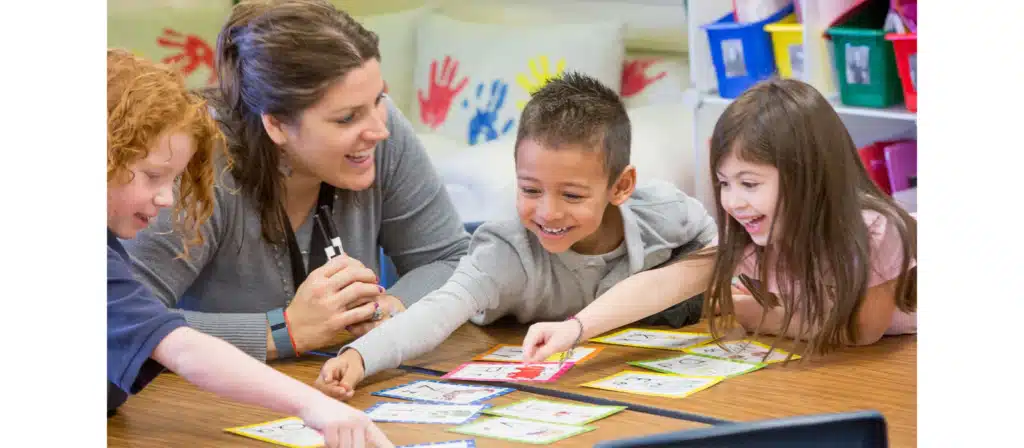
Take an interest in families’ routines and habits
Strong family engagement starts with understanding, not assumptions.
Ask families about their home routines, values, and traditions. Use that insight to personalize communication and create stronger connections.
When families see that you care about their world, they’re more likely to invest in yours. This mutual understanding builds trust and creates smoother transitions between home and school.
Assess your current strategy
Family engagement isn’t a one-size-fits-all solution. It’s ongoing, and it evolves.
Take time to reflect: Are your communication methods working? Do families feel heard and included? Are you reaching every family or just a few?
Regularly assess your approach and be open to feedback. The stronger your strategy, the deeper the family involvement, and the more successful your early childhood education environment becomes.
Family Engagement Tools and Resources
TEA Early Childhood Education Family Resources
Children’s Learning Institute Engage
The Centers for Disease Control Milestone Tracker
Conclusion
Strong family engagement is the foundation of genuinely effective early childhood education. When educators and families work as partners, learning extends beyond the classroom and into daily life—creating a continuous loop of encouragement, trust, and growth. Investing in meaningful family involvement not only strengthens the parent-teacher relationship, it builds a vibrant, inclusive community around every child.
At Xiha Montessori, we understand that supporting strong family engagement begins with the right learning environment. As a manufacturer and supplier with over 20 years of experience in the preschool furniture industry, we offer a full-service solution—from classroom layout and furniture customization to production, quality inspection, and delivery. Our range of products is designed to meet the diverse needs of kindergartens worldwide, helping schools create spaces where children and families feel welcomed, empowered, and engaged.

